Search

Cleanup in Your Home: After the Flood
When faced with disaster, one may not know where to begin or what to do when cleaning out our homes and businesses following a flood. To get started with this task, SDSU Extension has put together a list of resources to help start cleaning flood damages, personal belongings, and mold and mildew issues.
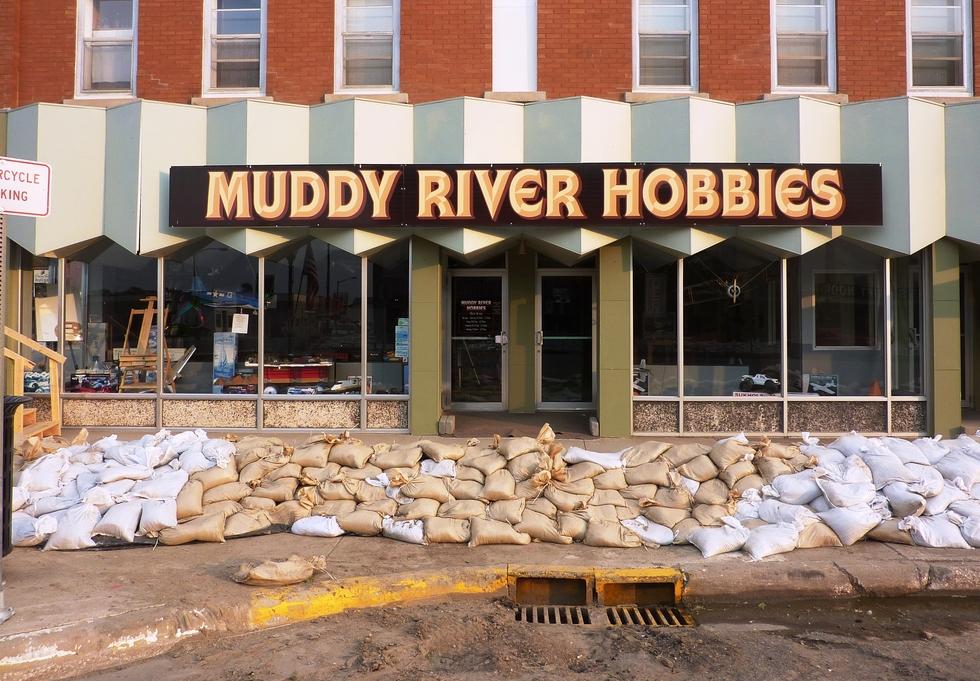
Managing Disaster Recovery for Your Small Business
What do you do when your small business is hit by a disaster such as a flood, tornado, fire or other natural disaster? Many times, with the day to day work of operating a business, we sometimes forget about what we have in our disaster plan.

Checking and Treating Domestic Water Supplies After a Flood
Depending on its location, domestic well water supplies can oftentimes be negatively impacted during a flood.
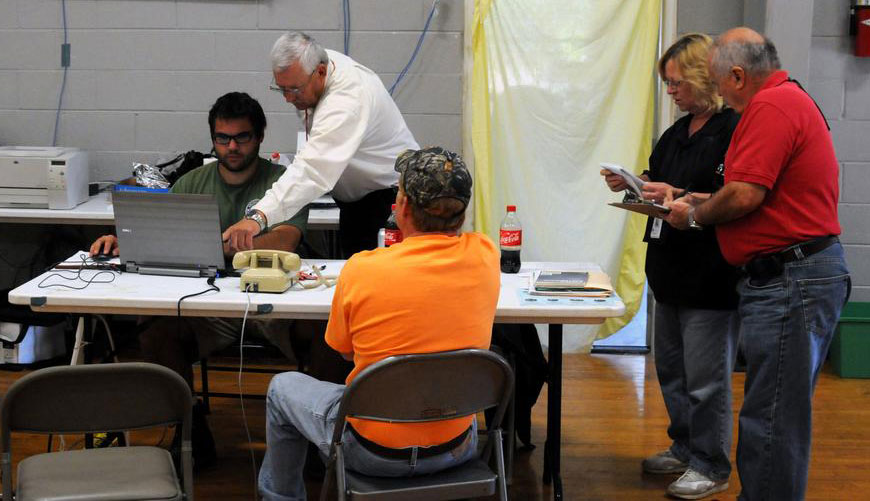
Every Disaster is Local First
If you are experiencing a disaster, it is a local disaster. Your best chance for immediate help before, during, or after a disaster is local.

Septic Systems and Flooding
Septic systems may not always be a homeowner’s first concern during a flood. However, as South Dakotans continue to navigate an exceptionally wet spring, some consideration should be given to your septic system to prevent damage to your home and protect your family’s health.
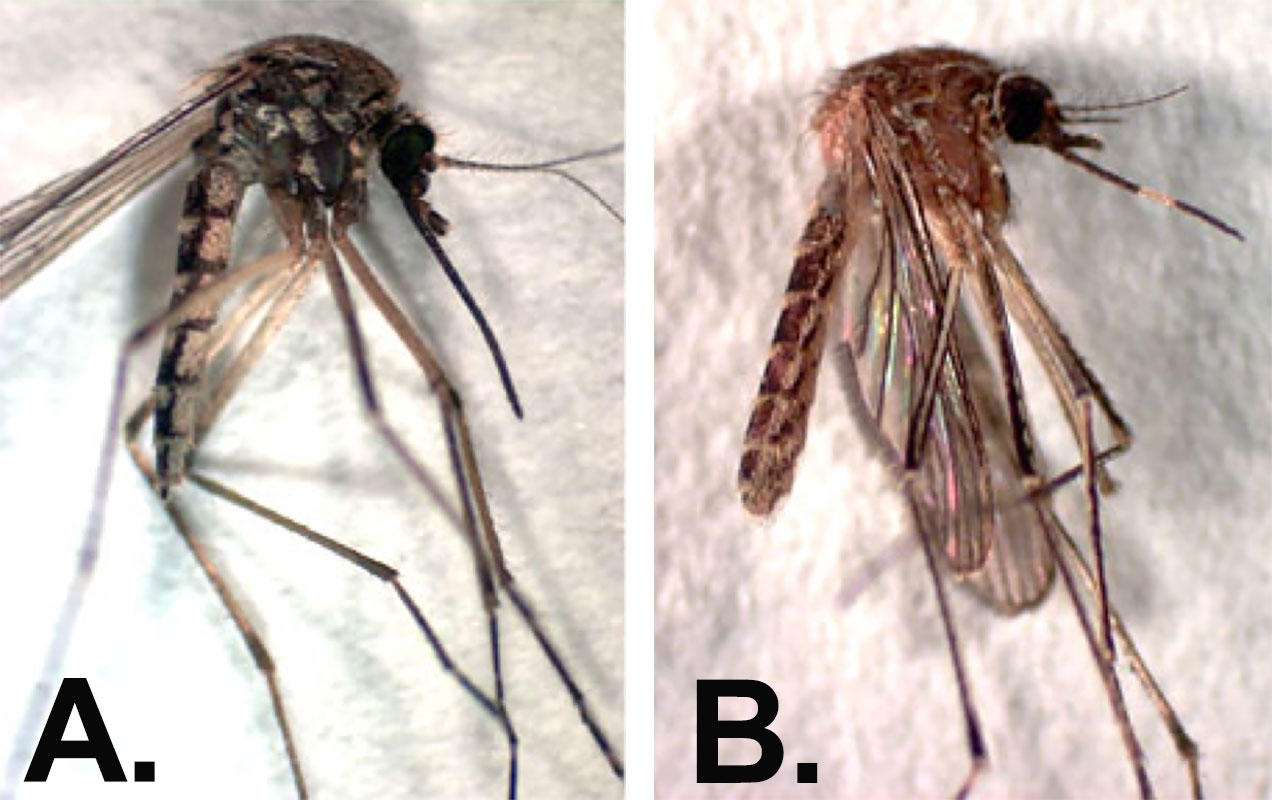
Know Your Mosquitoes to Protect Yourself
Mosquito trapping efforts across the state in the last seven years showed that there are over 20 species of mosquitoes occurring in South Dakota, yet only two species dominate the surveillance data: Aedes vexans and Culex tarsalis.
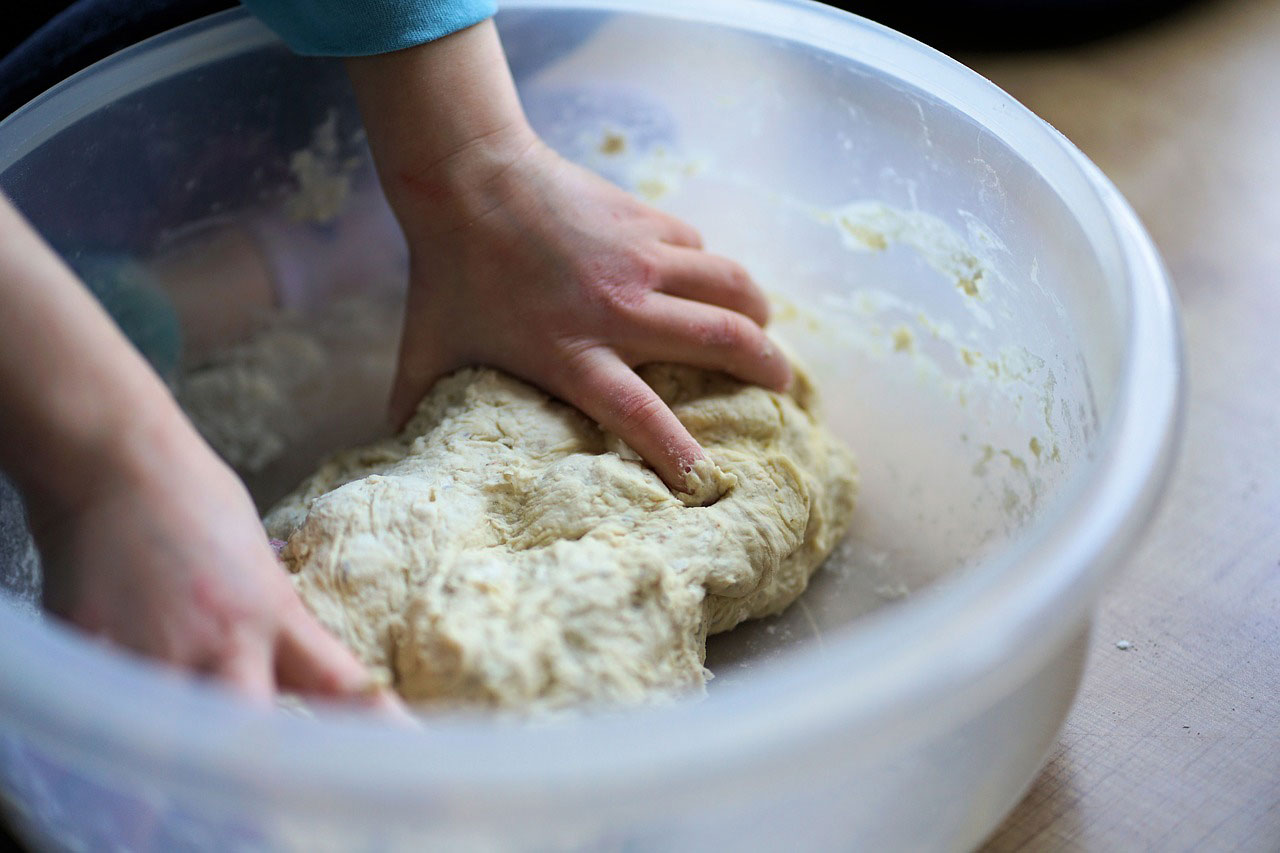
Hydrated Doughs and Batters: How to Safely Handle Food Safety Risks
Making dough and batter is one of the intermediary steps on your way to enjoying great foods, such as scones, cookies, cakes, donuts, pies and more. This article will help you understand the food safety risks associated with food types that have a hydrated batter.
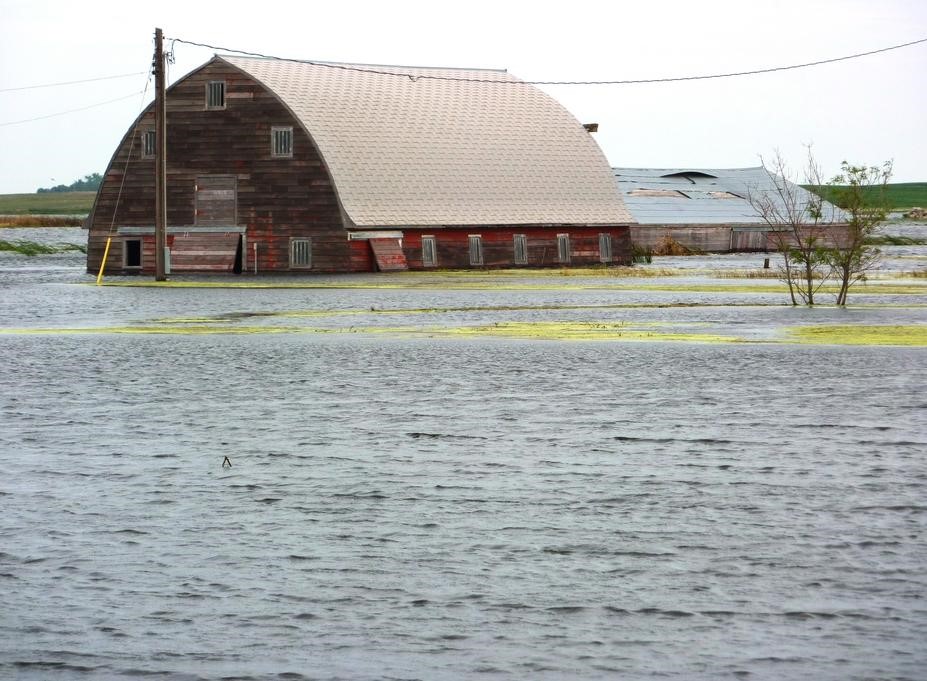
Flood
View resources to prepare for and recover from flood situations.
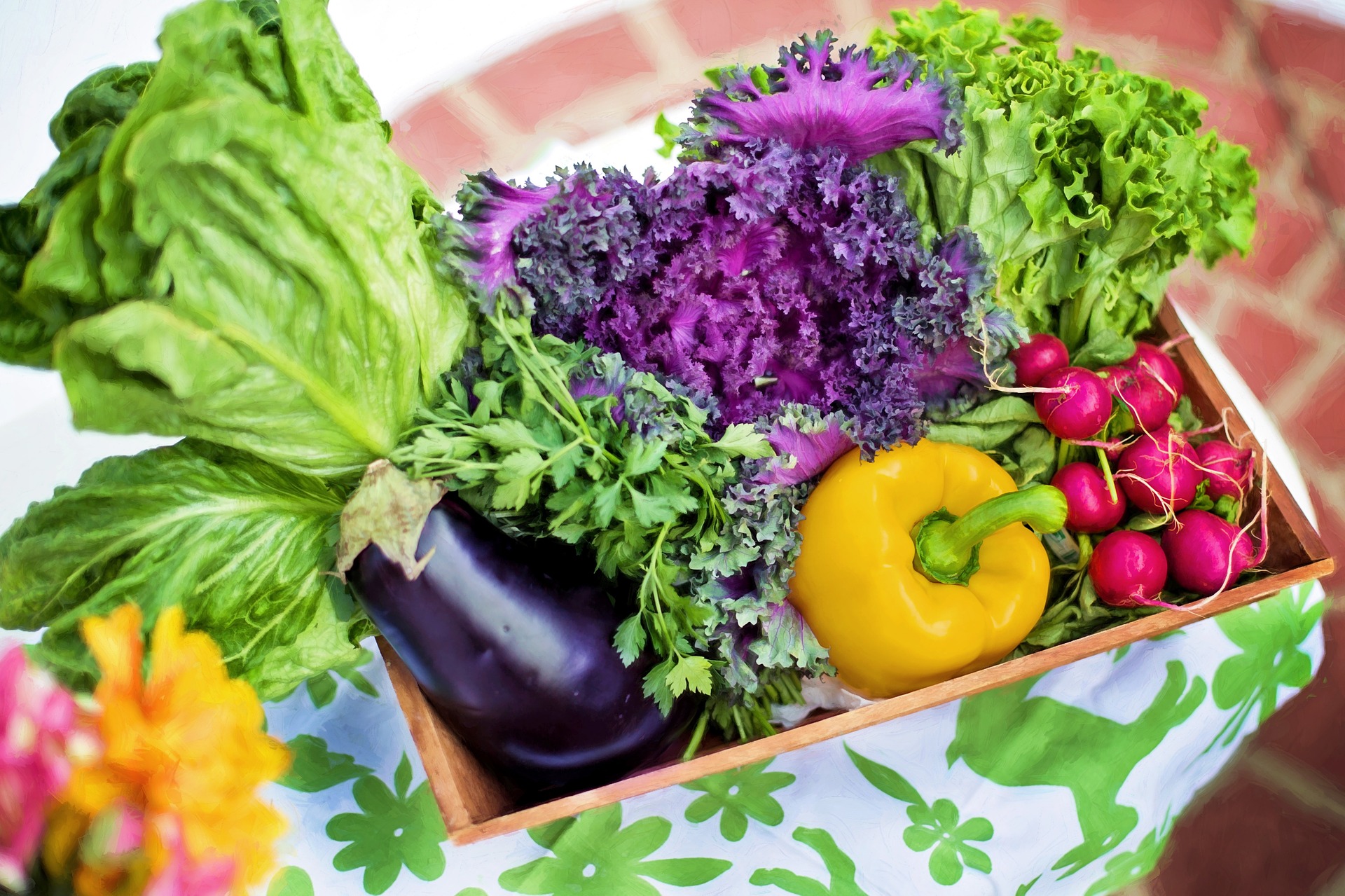
Ask Our Family, Food and Wellness Experts
If you have a question related to family, food or wellness, our team of experts is ready to help.

Sun-Drying Corn
Fact sheet on sun-drying corn